Welcome to the world of ancient ‘artz’—a blend of timeless creativity and modern storytelling.”
Ancient Artz: Where Timeless Creations Meet a Modern Voice.”
Exploring the Wonders of Ancient Arts
Ancient art stands as a timeless testament to the creativity and intelligence of early civilizations. From cave paintings to monumental sculptures, these artistic expressions give us a glimpse into the lives, beliefs and emotions of people who lived thousands of years ago. In this blog, we will travel through some of the most fascinating examples of ancient art and uncover the stories they tell.
The Origins of Ancient Art: Cave Paintings
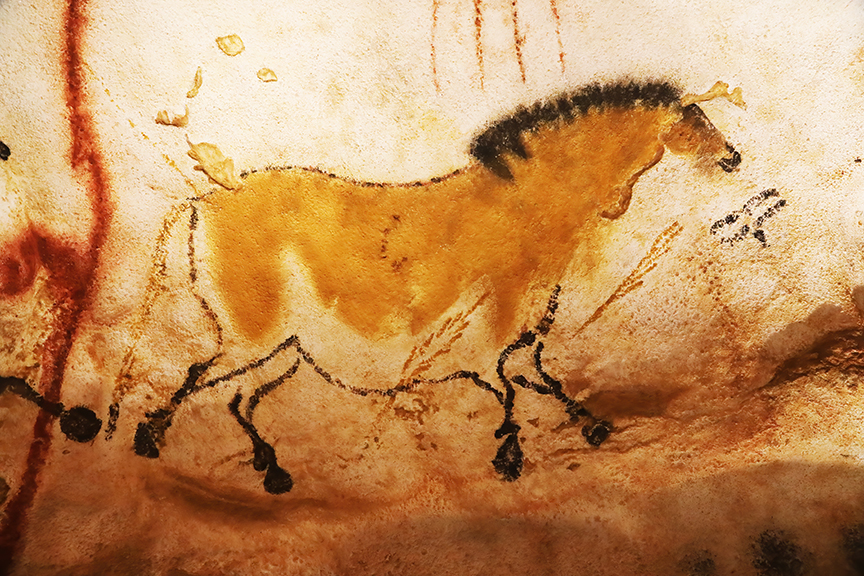
One of the earliest forms of artistic expression can be found in prehistoric cave paintings. Sites such as Lascaux in France and Altamira in Spain are decorated with exquisite depictions of animals, human figures and mysterious symbols. These paintings, created over 17,000 years ago, were more than just decoration. Scholars believe they had spiritual or ceremonial significance, a way for early humans to communicate with the forces of nature or document their daily lives
Mesopotamian Marvels (Ancient Artz)
Moving on to Mesopotamia, the cradle of civilization, we encounter some of the earliest examples of structural artistic creation. The ziggurats, intricately carved cylinder seals, and detailed reliefs found in this region reflect a society deeply connected to its gods and rulers. The Standard of Ur, a small wooden box decorated with mosaics of War and Peace, is a stunning example of how the Mesopotamians used art to tell stories and display social hierarchy.

showcases an ancient Mesopotamian cylinder seal along with its impression on clay. These seals, dating back to around 3000 BCE, were used for administrative, legal, and artistic purposes. Crafted from stone, they feature intricate carvings of mythological figures, deities, and animals, reflecting the rich symbolism of early civilizations. When rolled onto wet clay, the seal created a unique imprint, serving as a signature or form of identification. This artifact offers a glimpse into the sophisticated artistry and cultural practices of the ancient world.
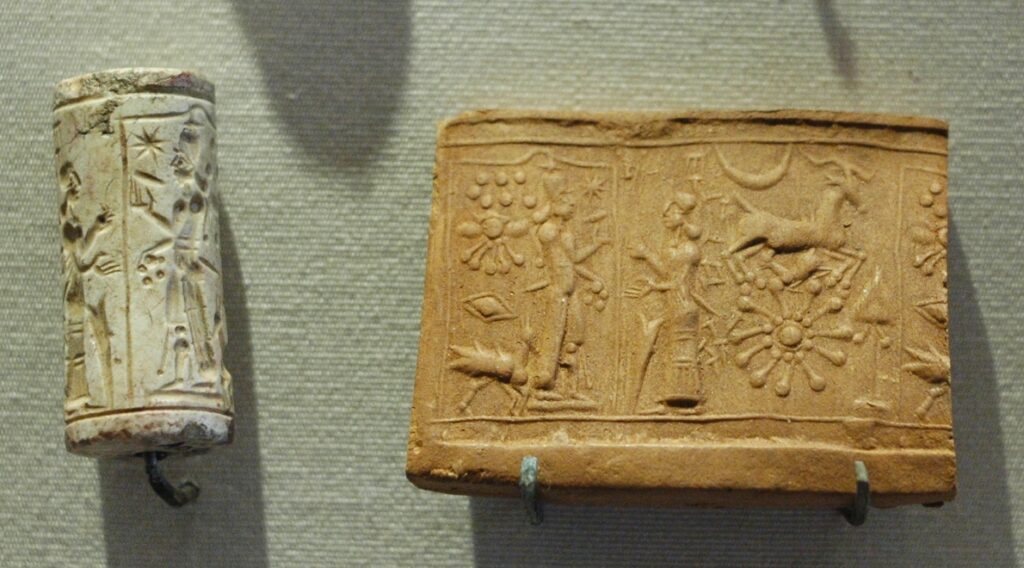
The Grandeur of Ancient Egypt
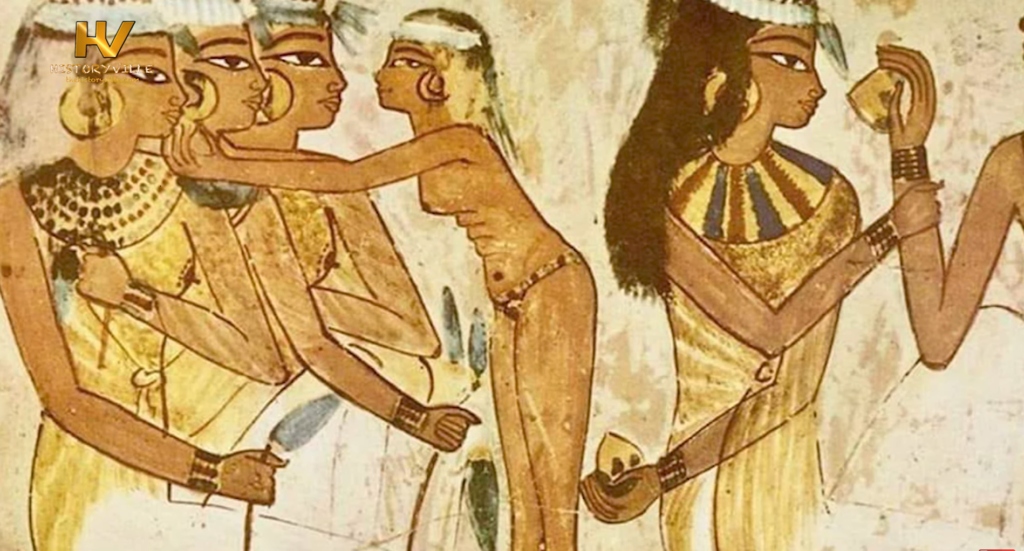
When discussing ancient art, it is impossible to ignore the contributions of ancient Egypt. The pyramids, statues of pharaohs, and intricate tomb paintings all showcase a civilization steeped in the afterlife. The Great Sphinx of Giza, with its enigmatic expression, is one of the most iconic symbols of ancient art. Hieroglyphics, both an art form and a written language, further highlights the Egyptians ability to merge functionality with beauty.
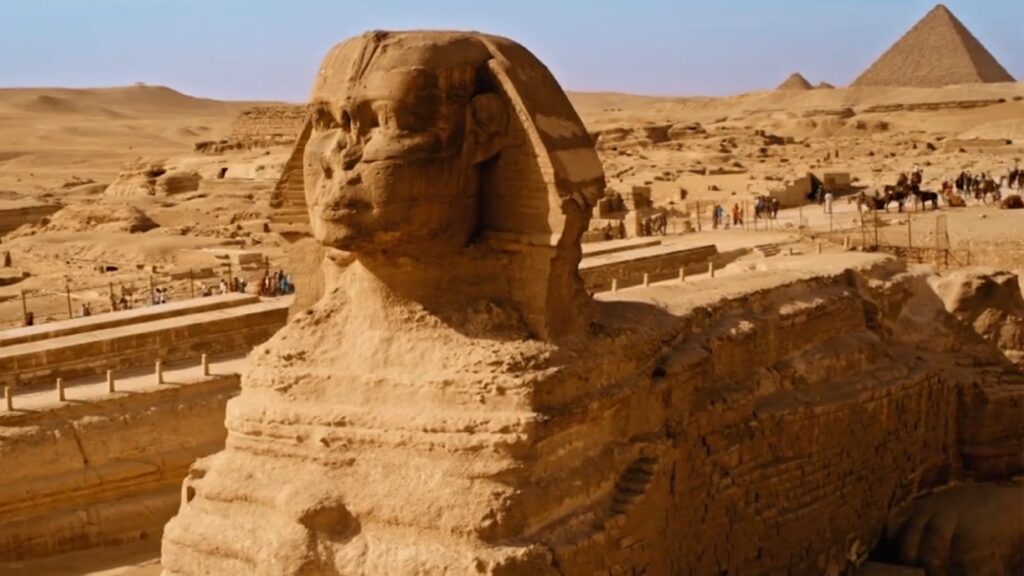
The Mystical Art of the Indus Valley
The Indus Valley Civilization, which flourished around 2500 BC, left behind a wealth of artistic artifacts. Intricately designed seals featuring animals, inscriptions, and gods reflect their exquisite craftsmanship. The “Dancing Girl” bronze statue is a stunning example of their artistic achievements, demonstrating a remarkable understanding of human anatomy and movement.
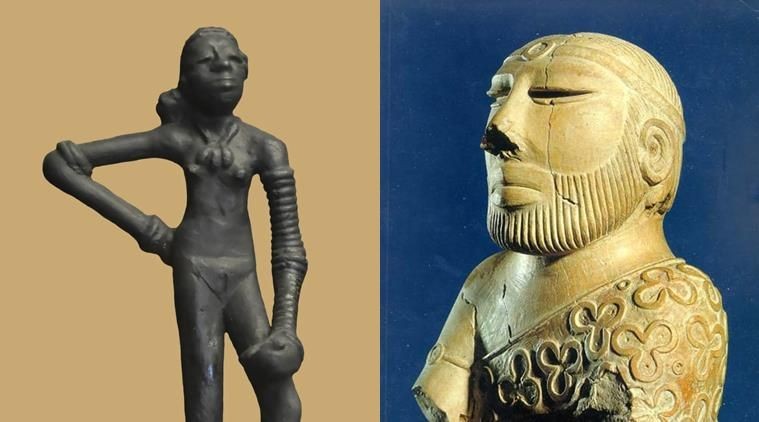
Hindi Ancient Artz: A Legacy of Creativity and Spirituality
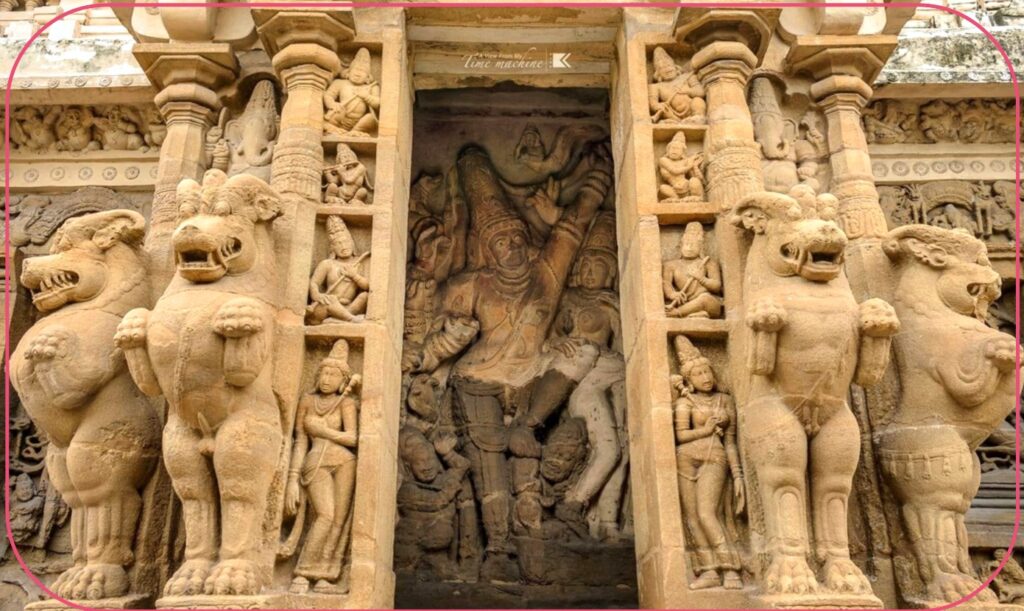
Ancient Indian art, deeply rooted in Hindu, Buddhist and Jain traditions, reflects a fusion of spirituality, mythology and everyday life. From the intricate carvings of the Ajanta and Ellora caves to the magnificent sculptures of Khajuraho, early Indian artists used stone, metal and frescoes to depict gods, epics and nature. The Indus Valley Civilisation (2600-1900 BCE) produced exquisite terracotta sculptures, seals and pottery, while the Gupta period (4th to 6th centuries CE) is known for its refined temple architecture and sculpture. Rich in symbolism and intricate detail, ancient Indian art continues to inspire modern artistic expression.
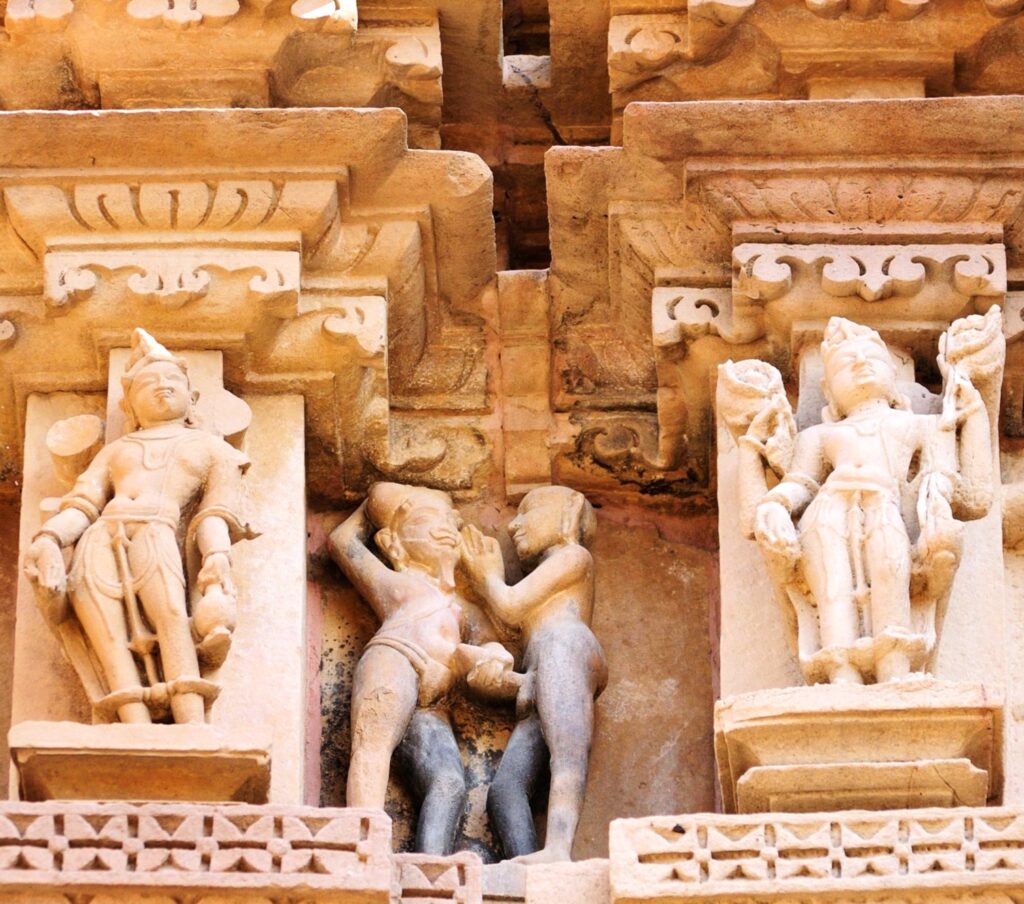
Greek Excellence
Ancient artz Greece introduced the world to a new level of artistic realism. From idealized statues of gods and athletes to detailed pottery depicting myths and everyday life, Greek art emphasized balance, harmony, and proportion. The Parthenon in Athens and the statues of Zeus and Athena embody the pinnacle of classical Greek art, inspiring countless generations of artists.
The Mystery of Ancient Americas
Ancient civilizations of the Americas, such as the Maya, Aztec, and Inca, created art that was closely linked to their religious and social practices. Intricate stone carvings, vibrant murals, and ceremonial masks reveal a deep connection to the spiritual world. The Nazca Lines in Peru, massive geoglyphs in the desert, are among the most mysterious artistic endeavors in history.
The Enduring Legacy of Ancient Art
What makes ancient art so fascinating is its ability to bridge the gap between past and present. Each piece offers a unique window into the minds and souls of its creators, reminding us of our common humanity. The techniques, themes, and innovations of ancient artists continue to inspire contemporary creators, proving that art truly transcends time.
Conclusion
Ancient art is more than a collection of beautiful objects. It is an important part of our collective history. By studying and preserving these masterpieces, we ensure that the stories, cultures, and achievements of early civilizations live on for generations to come. Whether it’s the grandeur of a pyramid or the simplicity of a handprint on a cave wall, ancient art reminds us of the timeless power of human creativity.

renscW fliIHSAN Jws sOUgUfYY iSqUjdpm
wsidpvwmetyknkuujznzykxjiqrgrl
GOOo mbNascx OgLnxO IBqAxqe UsrW